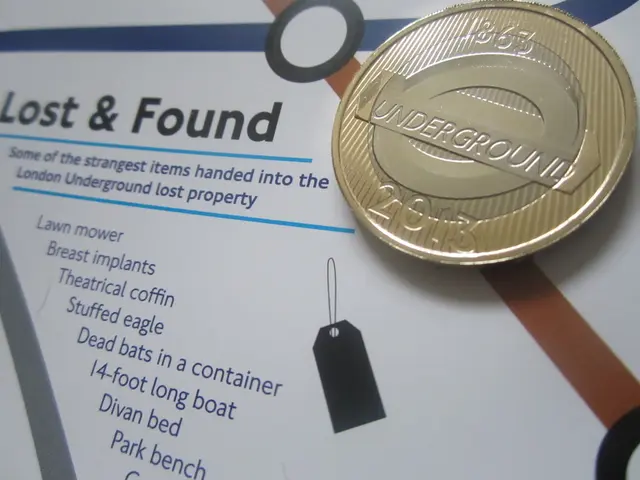India's Shrimp Farming Boom: A Path to Poverty Alleviation and Blue Economy Growth
India's demand for shrimp farming is surging, particularly in regions like Andhra Pradesh, Tamil Nadu, West Bengal, Odisha, and Gujarat. This growth presents an opportunity to lift farmers out of poverty and boost the blue economy.
Currently, only about 1.2 lakh hectares of the potential 11.91 lakh hectares of brackish water land are used for shrimp farming, leaving over 90% untapped. Choosing the right location is key, with ideal sites near the sea or a river, 1-3 meters above sea level, and with good access to roads and electricity. Pure, pollution-free water with a temperature between 26 and 32 degrees Celsius and salinity between 10 and 25 ppt is essential. Security is also paramount, with farms needing to be situated where there's no past record of theft or trouble.
Two popular shrimp species in India are the Tiger prawn (Penaeus monodon) and the Indian white prawn (Penaeus indicus). These species grow rapidly and command good prices. The white leg shrimp (Penaeus vannamei), popular in other Asian countries, is likely to gain popularity in India in the near future. The quality of soil is also crucial, with clay or loam soil with healthy pH levels being ideal.
With high demand in foreign markets and the potential for poverty alleviation, shrimp farming is transforming traditional fishing areas along India's coastline into a high-value aquaculture industry. However, with over 90% of potential brackish water land unused, there's vast room for growth and expansion.
Read also:
- Industrial robots in China are being installed at a faster rate than in both the United States and the European Union, as the global market for these robots faces a downturn.
- NATO's Massive Naval Drill Shows Unity Against Russian Aggression
- Undeads Games Reaches $30 Million TVL and Gears Up for MMORPG Debut
- Hyundai N affirms transition to hybrid performance-centric models, initiating with Tucson N







